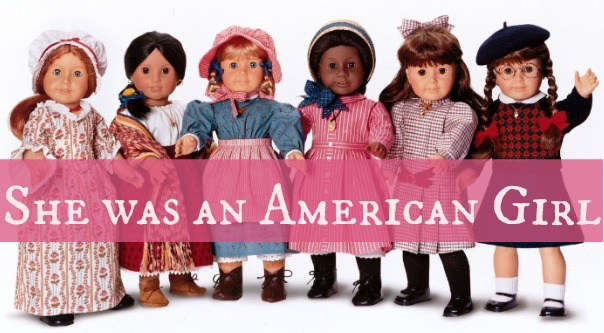
By Jessie Brooks
For the last…we’ll go with ten summers, life simulator games have been one of my favorite seasonal hobbies to relax into. Even now when the concept of “summer vacation” technically doesn’t apply to me, I still find the yearly habit so relaxing.
As many people no doubt agree, the Sims, over its nearly 20 years of existence, has become one of the most popular life simulators in the game industry, and that, of course, is where I started. But since then I have branched out to other games of that type and I’ve found that there’s often more to them than there appears.
Animal Crossing, for example, became an intense comfort to me, played on a DS under covers at night when I was in high school.
The reason, I think, that life simulator games have held such a place in my heart is because they often hold such a high emphasis on self-care.
We’ll start with The Sims. Every character has six basic needs: Hunger, Bladder, Sleep, Food, Social and Fun. These last two are treated as being just as important as the first four– no Maslow’s Hierarchy here. While you won’t necessarily die from a lack of social interaction or a lack of fun (though, to be fair, I haven’t tried), but there are consequences for your Sims if these things are ignored. On top of that, the act of taking care of these small absent-minded people can provide self-care in and of itself for highly empathetic individuals.
Animal Crossing is a little less like real life than the Sims is capable of being, considering your neighbors are cute anthropomorphic animals and you spend your time trying to pay off a massive home loan (though I suppose that might be the most realistic thing about the game). But what truly makes this game a champion for self-care is its emphasis on community. Your neighbors miss you when you don’t play for a while, but are happy when you return. They write you letters, invite you to their birthdays, and give you gifts just because they want to. Some of the things they say to you can be surprisingly insightful, and sometimes they even encourage you to turn the game off and rest a while. (I realize many contemporary Nintendo games have features that encourage you to stop playing and take a break, but it’s really adorable to have a little cat in a Sentai helmet tell you to take care of yourself.)
The domestic activities both of these games feature have actually come in handy in my real life, as I’ve moved into a new home. It’s small but perfectly cozy, and years of virtual house-decorating have armed me with lots of ideas. While I’m a sucker for fantasy RPGs, there’s still something wonderful about games that allow me to explore what my real life could be like in the future, and as a fiction writer, games like these where I have more control over the direction of my character’s life have also been useful in a creative sense.
Maybe I’m going to too great a length to convince myself that the countless hours I’ve poured into these two games have been worth it, but sometimes I also look at it in this way: if picturing the little green skill bar above my head filling up motivates me to keep trying to learn new skills, and keep going despite not being good at something at first, that’s tremendous. Trying something new can be an intensely powerful tool for personal growth, and if the media I’m consuming in my free time is encouraging that, and I’m actually acting on it, then I think forward progress is being made.
The bottom line here is this: don’t berate yourself if you spend what you perceive as too much time playing video games. Take what you’re learning from them, and apply it to the other aspects of your life. Unless you’re learning to hit people with swords. Maybe don’t do that.







